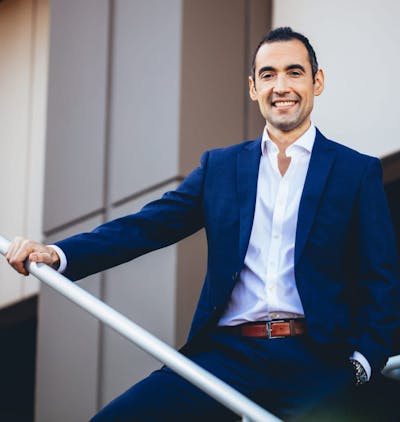Your eyes are one of the first features people notice. If sagging eyelids make you look tired or aged, eyelid surgery (blepharoplasty) with Dr. Peter Vila can restore a refreshed, youthful look.
Your eyes are one of your most expressive features, and their appearance usually reflects your mood. The eyes are framed by your eyelids, which, over time, can negatively impact the emotions you’re trying to convey. Factors such as aging and family traits can make your eyelids look fatigued, sad, or angry—even if that doesn’t reflect how you feel on the inside. The most effective way to correct this is through blepharoplasty (eyelid surgery) in Portland with board-certified facial plastic surgeon Dr. Peter Vila.






